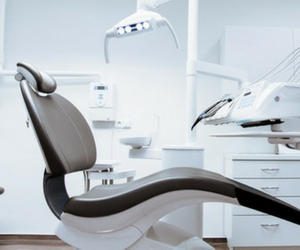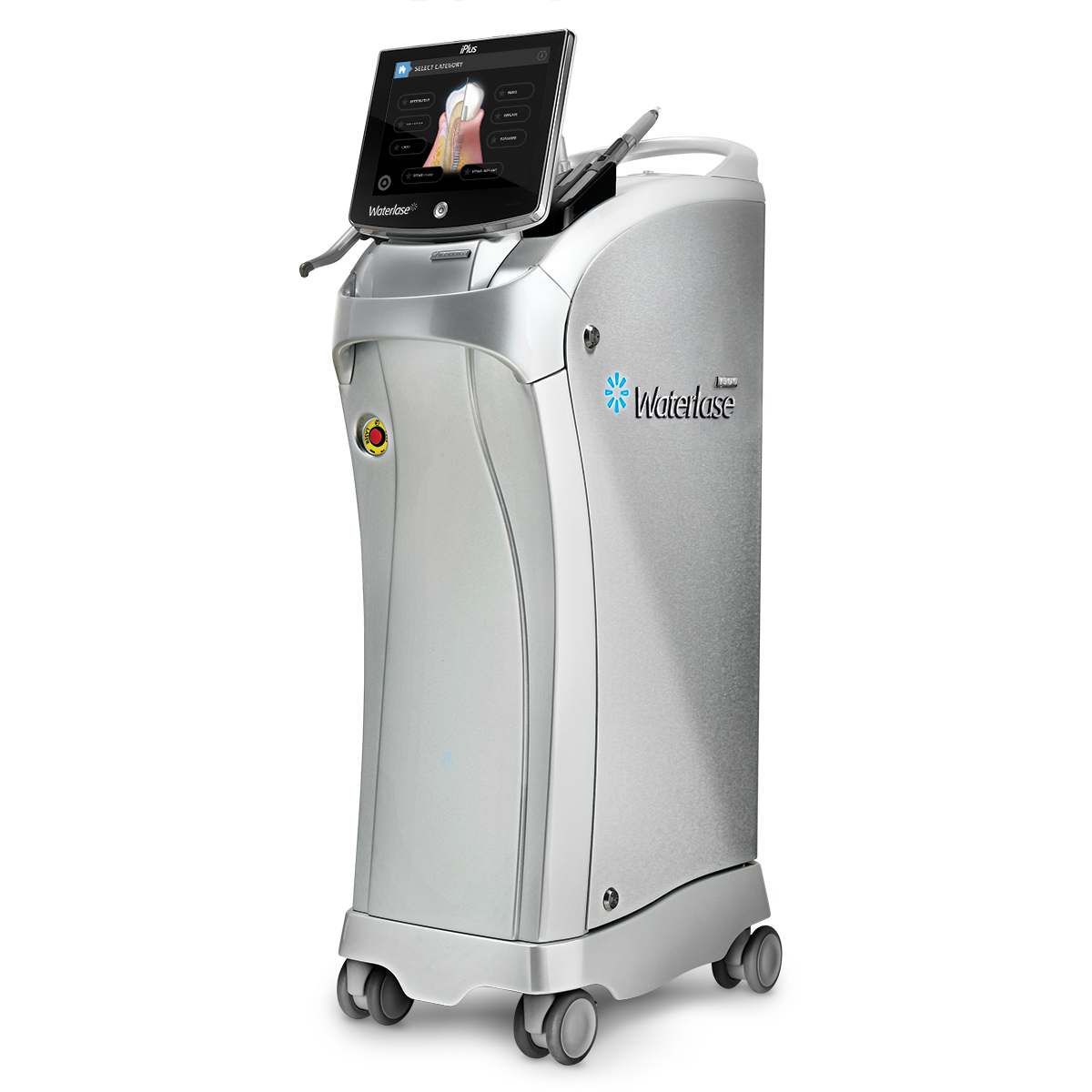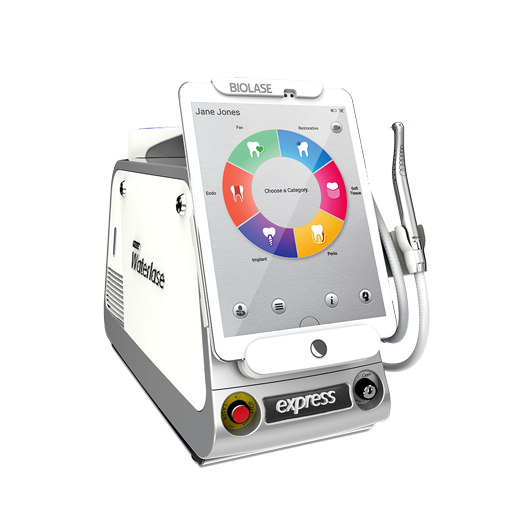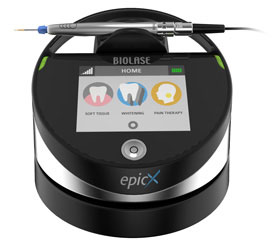Visiting a dental office can be a stressful experience.
When dental patients know what is happening with their oral health however and are less confused about the terminology being used around the dental practice, they’re much less likely to be nervous about routine dental procedures. That’s why a dental glossary will prove useful!
Explore some common dental terminology, including routine words or phrases everyone should know to have a positive experience with their dentist and other oral health practitioners.

Abscessed Tooth: An infection within a tooth that has spread to the root tip or around the root. The infection originates from the tooth’s inner chamber, which is called the “pulp chamber”. Contained within the pulp chamber are blood vessels and nerves, collectively called the “pulp”. Read more: 6 Common Causes of Dental Pain
Bitewing: A type of oral x-ray that is designed to show the crowns and supporting bones of both the upper and lower teeth. They are called bitewing x-rays because patients bite down on a device that looks like a wing, but which holds the filin place while the x-ray is being taken.
Bleaching: Dental bleaching, also known as teeth whitening, is a cosmetic dentistry solution that is used to minimize stains and brighten a patient’s smile. Dental bleaching materials typically contain peroxide.
Bonding: A dental procedure where a tooth-colored resin material (usually plastic) is applied and hardened with a special light which bonds the material to the tooth in order to restore or improve a dental patient’s smile.
Bridge: A restorative dental procedure used to replace a missing tooth that joins or connects an artificial tooth to adjacent teeth or dental implants.
Bruxism: The excessive grinding of teeth or clenching of the jaw. Bruxism typically occurs during sleep or concentration and is usually treated through a custom-made mouthguard.
Cavity: A hole in the tooth typically resulting from plaque and bacteria. Typical treatments include fluoride, fillings and crowns, but in severe cases may require a root canal or removal.
Crown: A dental crown, or cap, is a restorative dental treatment that caps or covers a tooth or dental implant. Crowns are often only used on large cavities which threatens a patient’s overall oral health.
Dental Implant: A surgical component (device) that is placed within the bone of the jaw or skull to support a dental prosthesis such as a crown, bridge, or denture to act as an orthodontic anchor, as a means of providing for dental replacement.
Dental Laser: Acts as both an instrument to cut or vaporize tissue it comes in contact with. Often used in teeth-whitening procedures and is useful in enhancing the effect of teeth bleaching agents.
Dental Sealant: A very thin plastic coating that covers the surface of teeth in order to prevent tooth decay, forming a shield over the enamel.
Impacted Tooth: An unerupted or partially erupted tooth that is positioned against another tooth, bone, or soft tissue so that complete eruption is unlikely.
Pediatric Dentist: A dental specialist whose practice is focused on the treatment of children from birth through adolescence, providing primary and comprehensive preventive and therapeutic oral health care including those with special health care needs.
Periodontal disease: Inflammatory process of the gingival tissues and/or periodontal membrane of the teeth, resulting in an abnormally deep gingival sulcus, possibly producing periodontal pockets and loss of supporting alveolar bone.
Periodontics: A specialty in dentistry which includes the prevention, diagnosis and treatment of diseases of the supporting and surrounding tissues of the teeth or their substitutes and the maintenance of the health, function and esthetics of these structures and tissues.
Periodontist: A dental specialist whose practice is limited to the treatment of diseases of the supporting and surrounding tissues of the teeth.
Periodontitis: Inflammation and loss of the connective tissue of the supporting or surrounding structure of teeth with loss of attachment. Learn how to manage periodontitis with minimally invasive laser therapy.
Preventive dentistry: Aspects of dentistry concerned with promoting good oral health and function by preventing or reducing the onset and/or development of oral diseases or deformities and the occurrence of oro-facial injuries.
Prophylaxis: The removal of plaque, calculus and stains from the tooth structures.
Dental Prosthesis: A device designed to replace one or more missing teeth and/or other associated structures.
Prosthodontics: Prosthodontics is the dental specialty pertaining to the diagnosis, treatment planning, rehabilitation and maintenance of the oral function, comfort, appearance and health of patients with clinical conditions associated with missing or deficient teeth and/or oral and maxillofacial tissues using biocompatible substitutes. A Prosthodontist is a dental specialist whose practice is limited to the restoration of the natural teeth and/or the replacement of missing teeth with artificial substitutes.
Pulpectomy: Complete removal of vital and non-vital pulp tissue from the root canal space. Inflammation of the dental pulp is called “pulpitis.” A pulpotomy is the removal of a portion of the pulp, including the diseased aspect, with the intent of maintaining the vitality of the remaining pulpal tissue by means of a therapeutic dressing.
Root canal: The portion of the pulp cavity inside the root of a tooth; the chamber within the root of the tooth that contains the pulp. Root canal therapy is the treatment of disease and injuries of the pulp and associated with periradicular conditions.
Sialodochoplasty: Surgical procedure for the repair of a defect and/or restoration of portion of a salivary gland duct. A sialography is the inspection of the salivary ducts and glands by radiograph after the injection of a radiopaque medium.
Succedaneous tooth: A permanent tooth that replaces a primary (deciduous) tooth.
Supernumerary teeth: Extra erupted or unerupted teeth that resemble teeth of normal shape.
Temporomandibular joint dysfunction (TMD or TMJD): Abnormal functioning of temporomandibular joint; also refers to symptoms arising in other areas secondary to the dysfunction.
Trismus: Restricted ability to open the mouth, usually due to inflammation or fibrosis of the muscles of mastication.
Vertical Bitewing: A dental image with a central projection on which the teeth can close, holding it in a vertical position for the radiographic examination of several upper and lower teeth simultaneously.
Xerostomia: Decreased salivary secretion that produces a dry and sometimes burning sensation of the oral mucosa and/or cervical caries.



